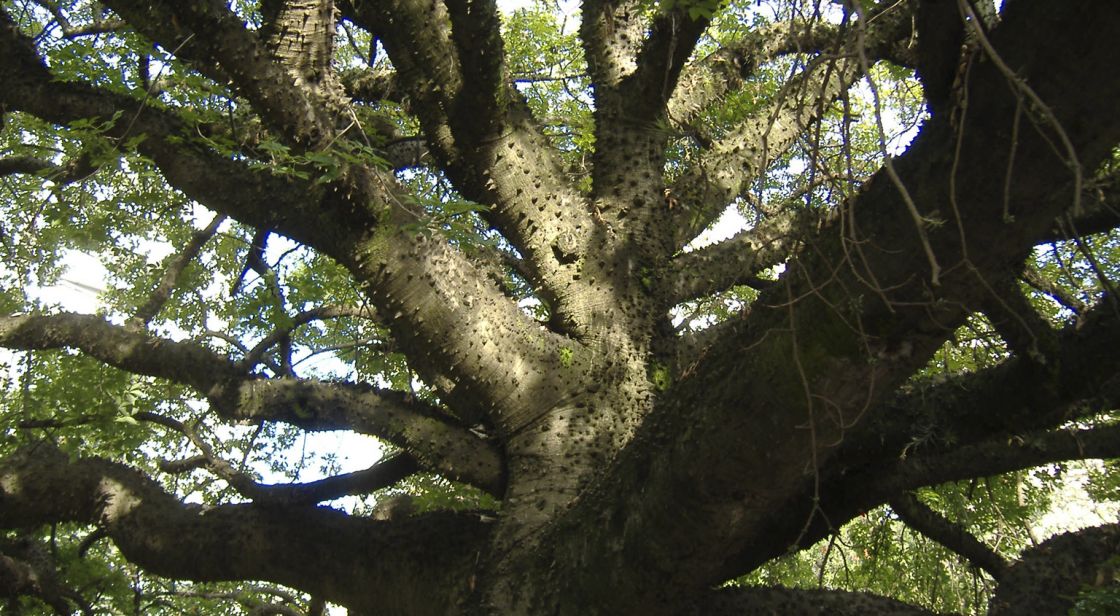It seems many campuses are struggling with sustainability. More than 650 college and university presidents have signed the American College & University Presidents’ Climate Commitment to develop a comprehensive plan for carbon neutrality, but few have done so. Some haven’t even started. Many are confused about how to even get started.
Anne (pronounced like Annie) Stephenson from Clean Air/Cool Planet presented their Campus Carbon Calculator™ (a Microsoft Excel spreadsheet) that may be the most widely accepted tool used by campuses that have made progress in establishing their baseline carbon footprint, the first step in developing a plan for carbon neutrality. Concerning the need to find the best data to complete the spreadsheet and establish the baseline, “Working with student and faculty groups can be the hard part,” Anne explained. But once the Calculator is completed, it can be used to determine the efficacy of many projects directed toward reducing a campuses carbon footprint. This powerful tool is available online for free at cleanair-coolplanet.org.
Understanding her audience, Anne focused her presentation on adopting carbon footprint reduction strategies that also provide a clear educational message even if these strategies don’t create the largest reductions. This strategy is directly opposite to the EPA’s push for campuses to simply purchase RECs (green energy credits) to accomplish the same reductions. But while the EPA’s strategy creates a demand for green energy that can build this fledgling industry, campuses accepting it will do nothing to sensitize their students and staff to the key issues inherent in the struggle to reduce our impact on this planet.
I think Anne’s got it right. It’s better if we can see it and understand where it takes us. For campuses still struggling to figure it out, don’t take the easy way out and throw some money at those green energy credits. Keep struggling. Learn what it’s really going to take. Make some hard decisions. Understand what your campus’s impact on this planet really is and maybe we can figure out how to make our planet a better place for future generations.

